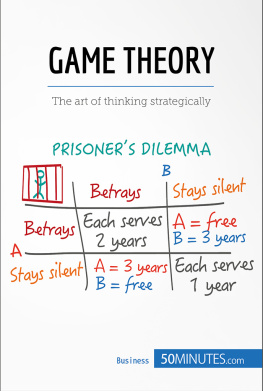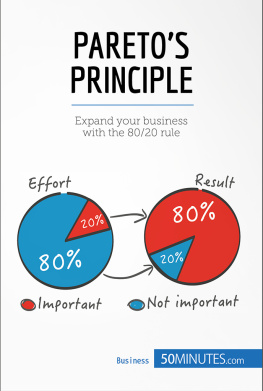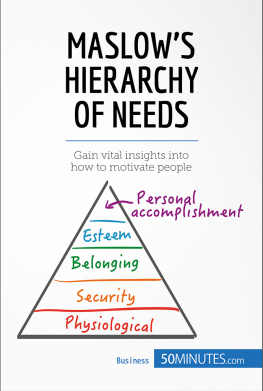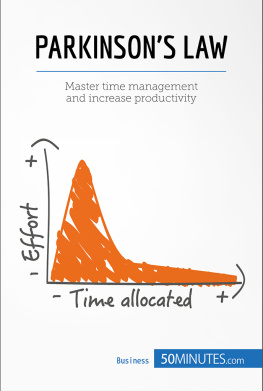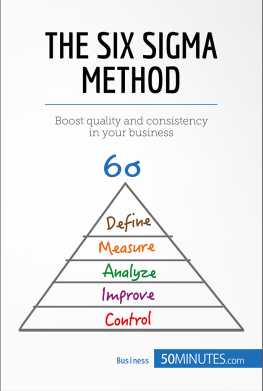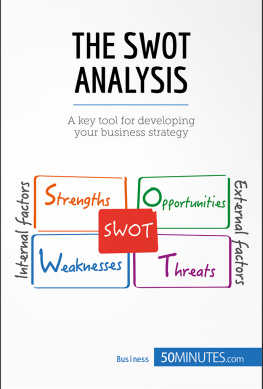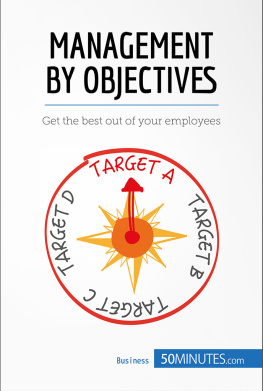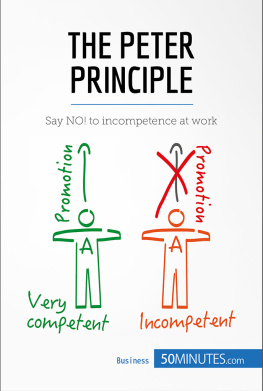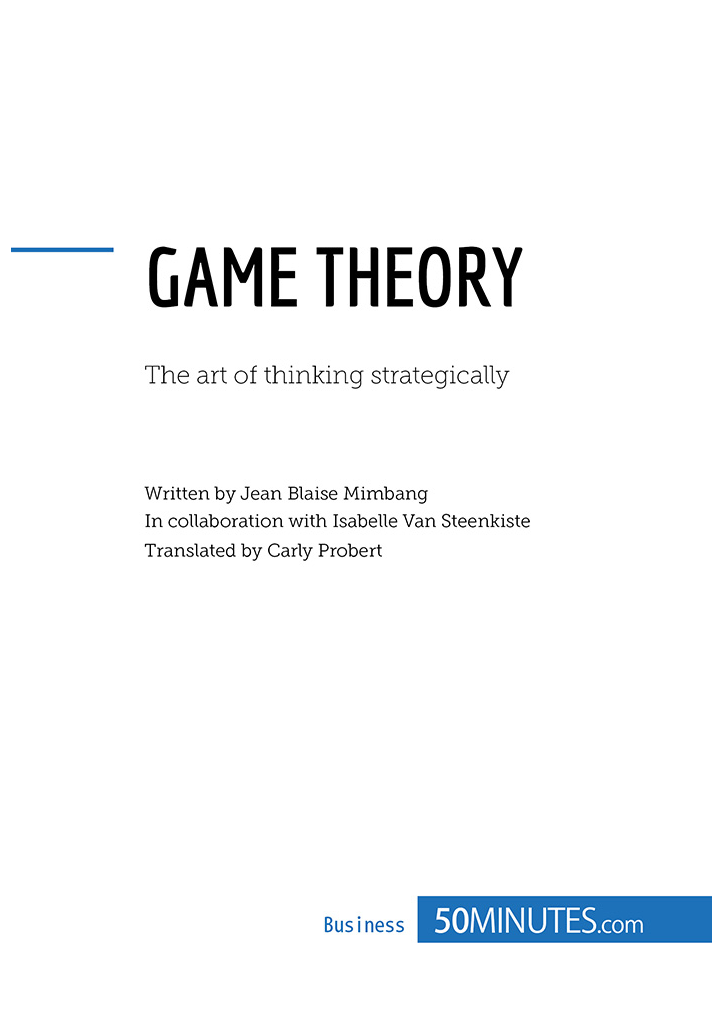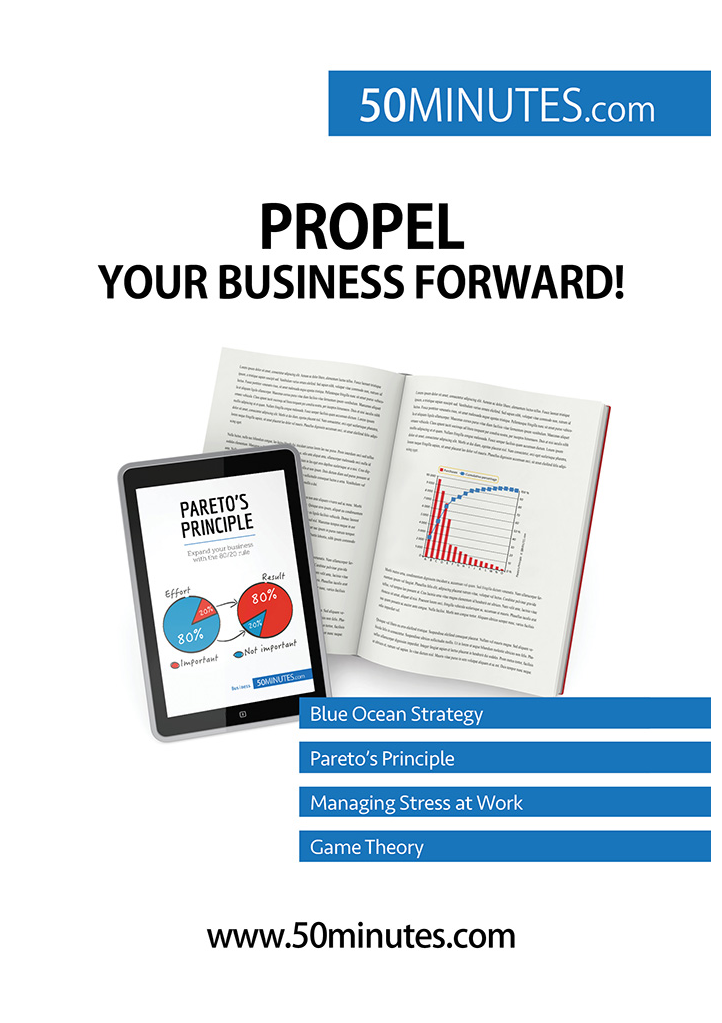Game theory
Key information
- Names: Game theory, strategic behaviour theory, interactive decision theory.
- Uses: Justification of social laws and norms in order to maintain cooperation within a group; political decision-making; understanding power relations in negotiations; conflict analysis tool; tool to generate confidence within a group; applications in logic and set theory; applications in economics, biology, computer science and the theory of evolution.
- Why is it successful? Game theory is an excellent tool for negotiations, as it encourages us to reflect on the complexity of social interactions and shows that:
- individuals, companies and countries are mutually interdependent;
- interaction is beneficial for resolving shared problems;
- cooperation is not easy to implement;
- in some cases, where each individual acts in their own interest, the shared interest may not be reached;
- there are various ways of making strategic choices in a cooperative situation.
- Key words:
- Interaction: a collective action in which a player performs an action or makes a decision that is influenced by another player.
- Strategy: a full specification of a players behaviour in any situation where they are required to play.
Introduction
Every day, all agents (animals, natural and legal persons or economic agents, including politicians, consumers, employers and manufacturers) and communities (sports teams, countries, armies, etc.) interact with each other when making decisions. These interactions can range from cooperation to conflict.
The field of game theory is very broad and its applications can be found in areas as diverse as international relations, economics, political science, philosophy and history, among others. This theory develops the tools to analyse behaviours (economic, social, etc.) in the form of strategy games.
History
The first analyses of strategy games date back to the Renaissance. However, it was not until the 19 th and 20 th centuries that a theory on the subject was really formalised. The game theorists of that era include in particular the mathematicians and economists Antoine Augustin Cournot, mile Borel, John von Neumann, Oskar Morgenstern and John Forbes Nash, whose respective contributions will be explored in more detail in the following section.
Good to know: the Renaissance
This was a European movement extending from the late Middle Ages to the early modern period. It was characterised by a change in mentality in the literary, artistic and scientific domains and by the circulation of knowledge among scholars. The Renaissance began in Italy and spread across Europe from the 16 th century onwards.
Definition of the model
Game theory studies the consequences of strategic interaction between rational agents (players) pursuing their own unique objectives, within a clearly defined framework. These interactions include negotiation, competition, mutual assistance, and the provision of a good or service, among others, which are all possible actions that will lead to a result. The outcome results in a payoff, positive or negative, for each individual who took part in the game.
The purpose of this theory is to show that individuals, companies and even countries are mutually interdependent and it is in their best interests to find a balance in order to make their interactions beneficial to all. This theory also encourages us to realise that even if cooperation is not easy, it is better to understand it than to fight it.
Theory
Game theory and its philosophers
The beginnings of game theory, strictly speaking, are found in the works of mathematicians from the first half of the 19 th century.
Antoine Augustin Cournot
The first person to study the strategic aspects of interactions between economic agents was Antoine Augustin Cournot (French mathematician, philosopher and economist, 1801-1877). His 1838 book Researches into the Mathematical Principles of the Theory of Wealth contains the beginnings of game theory, which was later developed in the 1950s. He analyses the different forms of competition in duopolies (a market with two competing sellers) and in the specific context of the Nash equilibrium (between manufacturers), for which he gives the first formulations.
Good to know: Researches into the Mathematical Principles of the Theory of Wealth , 1838
Although it was completely ignored when it was first published, this book emerged from obscurity through the work of John Forbes Nash (American economist and mathematician, 1928-2015) on repeated game theory in 1950. Today, the Cournot competition is a model based on the analysis of imperfect competition in industrial economics.
Francis Ysidro Edgeworth
While Cournot analysed the strategic interactions between two productive companies, the Anglo-Irish economist and lawyer Francis Ysidro Edgeworth (1845-1926) expanded this reasoning and applied the model to cases of economies without production. In Mathematical Physics: An Essay on the Application of Mathematics to the Moral Sciences (1881), he developed a tool to represent the interactions between two non-productive economic agents: the Edgeworth box. This book marked the introduction of mathematics into economics.
Good to know: the Edgeworth box
This box allows users to both analyse the possibilities for allocating resources between two entities and to see if this allocation is ideal according to Pareto optimality, i.e. if is possible to improve the situation of one agent without damaging that of the other.
Ernst Friedrich Ferdinand Zermelo
Modern literature on game theory fully recognises that the first formal theorem of game theory was produced by Ernst Friedrich Ferdinand Zermelo (German mathematician, 1871-1953) in 1913. This theorem has been taken up by many authors and interpreted in several different ways. Mas Colell et al.s version from 1995 essentially states that in any perfect information (each player knows all the strategies and payoff functions of all the other players) fixed game (where the number of rounds is known in advance), there is an equilibrium that would later become known as the Nash equilibrium.
The Nash equilibrium is made up of pure strategies sequences of actions that a player is known to choose each time they are likely to play and is obtained by backward induction. This involves determining the optimal strategies of the players in the last round of the game. In other words, we reason by working back from the last round of the game to the first, determining the best strategies of the players at each stage of the game. This concept will be illustrated later.
mile Borel
Whereas all of the previous contributions allowed simple games (meaning those with pure strategies) to be solved, the contribution of the French mathematician mile Borel (1871-1956) marks a turning point for game theory from 1921 onwards. In Volume IV of his book Treaty of the Calculation of Probabilities and its Applications (1924-1934), the author introduces probabilities in games of chance and recommends the minimax theorem for zero-sum games, where gains for one player mean losses for another. In the same book, the author also distinguishes between two different categories of games of chance:

